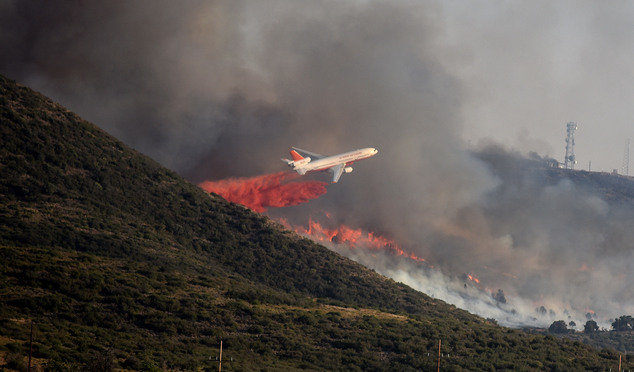
© Les Stukenberg/The Daily Courier via APA brush fire burns in Yarnell, Arizona, Wednesday, June 8, 2016.
Hundreds of people evacuated their homes as a wildfire raged near the Arizona town where a 2013 blaze killed 19 members of an elite firefighting crew.
Bureau of Land Management spokeswoman Dolores Garcia said 250 to 300 people left their homes in the town.
The fire grew to 600 acres, but crews expected it to ease somewhat during the overnight with cooler temperatures and higher humidity.
There have been no reports of injuries, the Yavapai County sheriff's office said.
About 140 firefighting personnel were battling the blaze, supported by three air tankers and two helicopters making blaze suppression drops. Garcia said three unoccupied buildings have burned but no homes have been lost near Yarnell, about 60 miles northwest of Phoenix.
The cause of the blaze was being investigated, but Garcia said crews had ruled out lightning.
It was burning south and east of the site of the Yarnell Hill Fire in which members of the Granite Mountain Hotshots died when they got trapped by the flames nearly three years ago — the deadliest U.S. tragedy for wildland firefighters in several decades.
That lightning-caused wildfire destroyed nearly 130 homes in the area.
On Wednesday, some Yarnell homeowners said they saw smoke and received a voluntary evacuation notice on their cellphones.
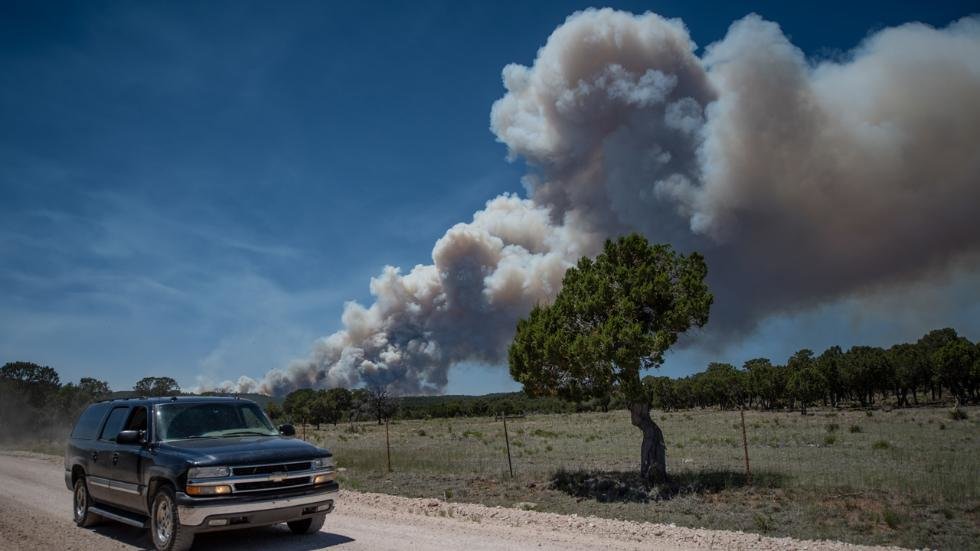
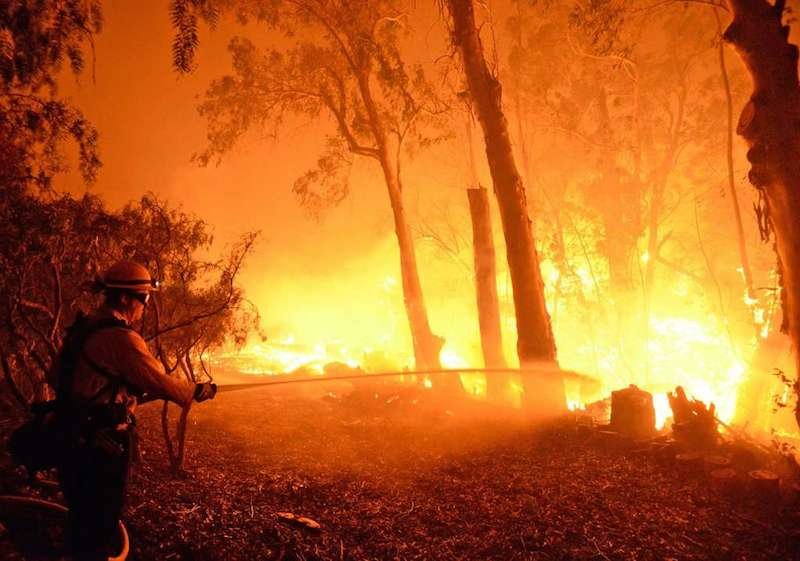
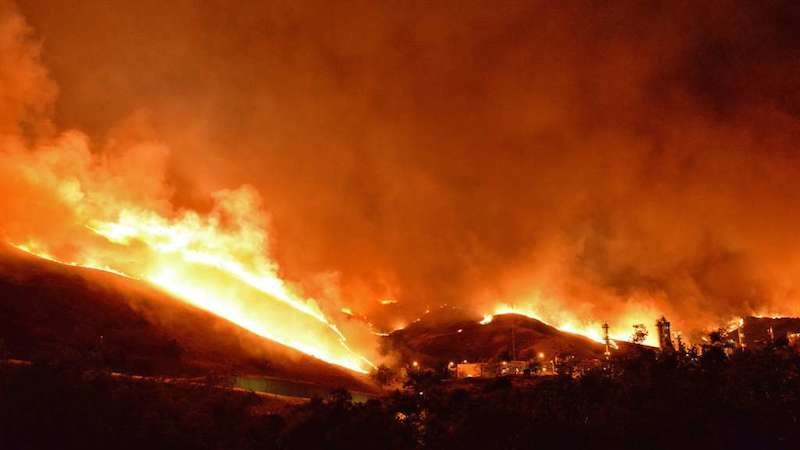
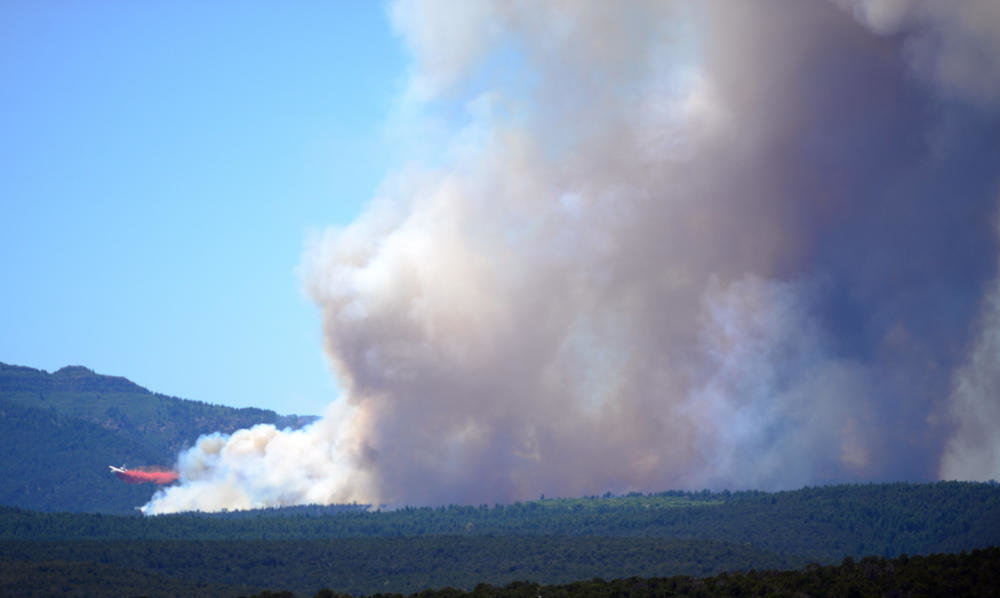
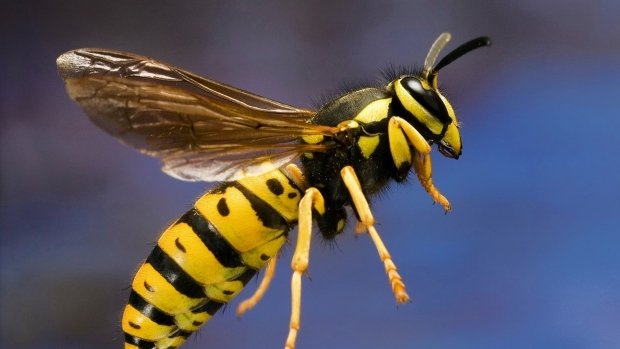

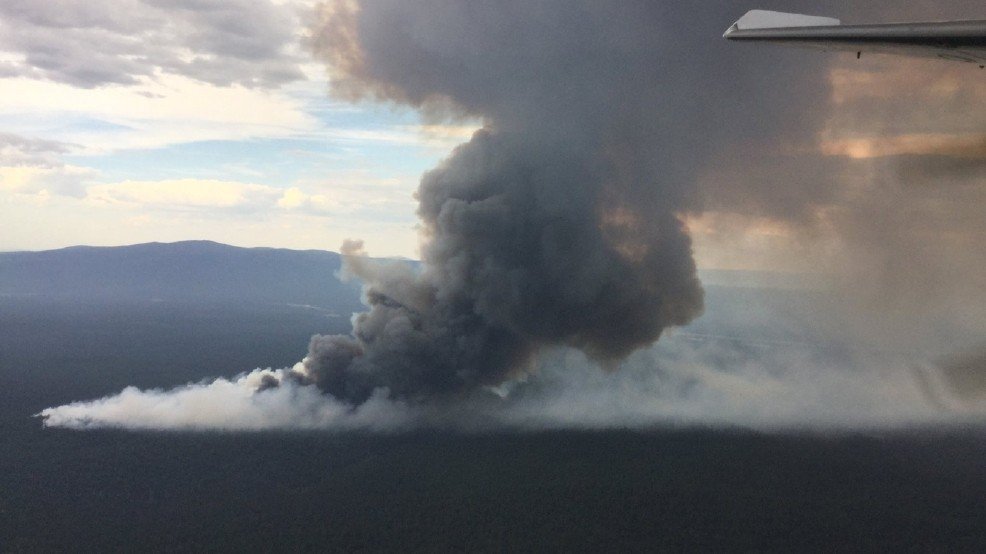
Comment: Could 2016 be California's worst wildfire season?